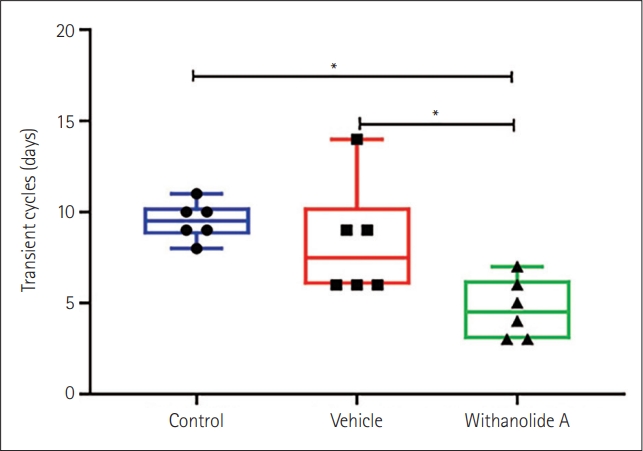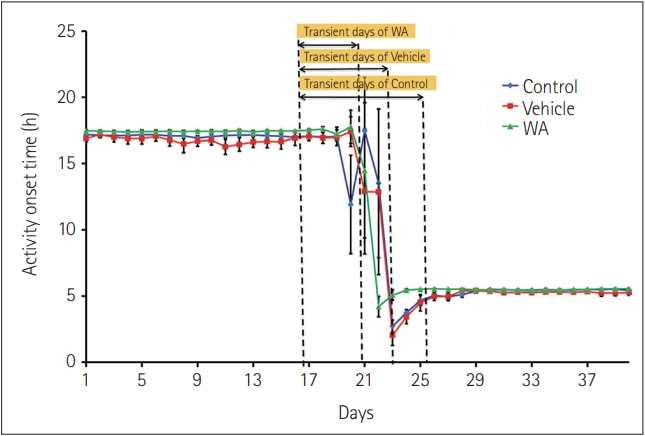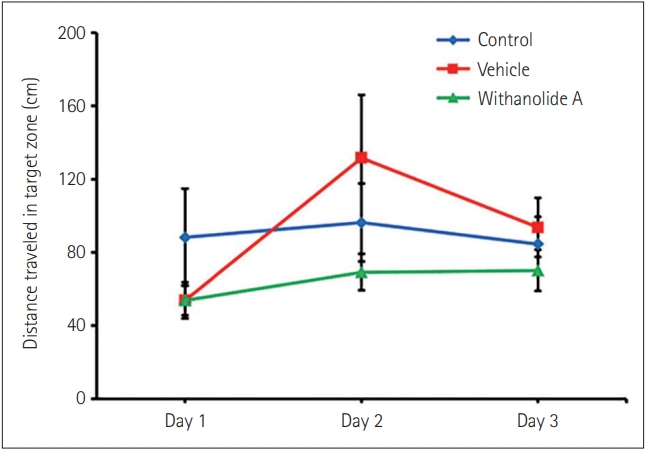 |
 |
- Search
| Chronobiol Med > Volume 4(3); 2022 > Article |
|
Abstract
Objective
Methods
Results
NOTES
Funding Statement
This research work was supported by the Department of Science and Technology, India [SR/CSI/157/2012] to MS.
Conflicts of Interest
Availability of Data and Material
The datasets generated or analyzed during the study are available from the corresponding author on reasonable request.
Author Contributions
Conceptualization: Muniyandi Singaravel, Trisha Tiwari. Data curation: Trisha Tiwari. Formal analysis: Trisha Tiwari. Funding acquisition: Muniyandi Singaravel. Investigation: Trisha Tiwari, Muniyandi Singaravel. Methodology: Trisha Tiwari. Project administration: Muniyandi Singaravel. Resources: Muniyandi Singaravel. Supervision: Muniyandi Singaravel. Validation: Priyoneel Basu, Muniyandi Singaravel. Visualization: all authors. WritingŌĆöoriginal draft: Trisha Tiwari, Priyoneel Basu. WritingŌĆöreview & editing: Priyoneel Basu, Muniyandi Singaravel.
Acknowledgments
Figure┬Ā1.

Figure┬Ā2.

Figure┬Ā3.

Figure┬Ā4.

Figure┬Ā5.








